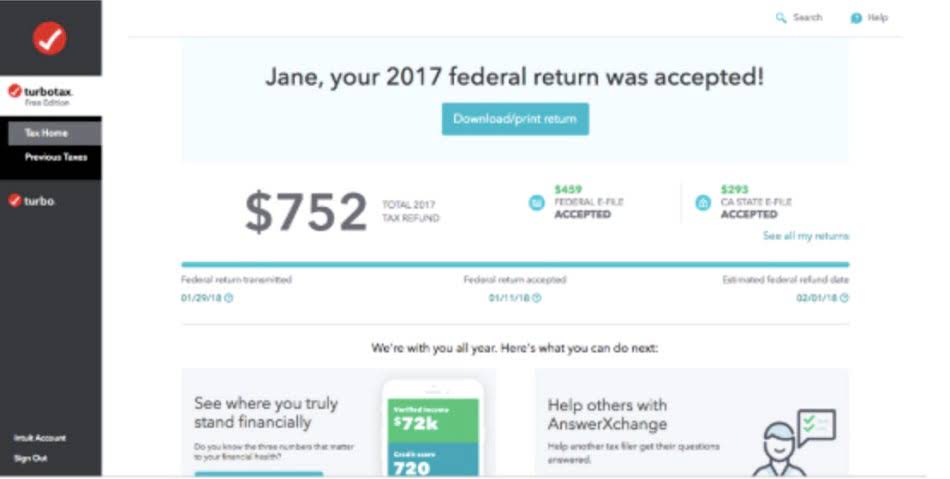
With HighRadius AP automation software, finance teams get complete visibility into invoice status, payment timelines, and cash flow through real-time dashboards. The system also helps ensure compliance with built-in validation checks and accurate GL coding. This not only improves accuracy but also lowers processing costs and builds stronger relationships with vendors by making sure payments are made on time. In short, HighRadius simplifies the entire invoice process—from capture to payment—so businesses can save time, reduce costs, and focus on what matters most. AI-powered OCR improves invoice data Certified Public Accountant entry by accurately reading printed and handwritten text, even from complex or varying invoice formats.

Cost Efficiency
Tipalti offers accounts payable machine learning tools that are built to grow and adapt with your business. As a company evolves, so will Tiaplti Pi, continuously utilizing procurement and payables data to further automate workflows and streamline financial processes. Invoice automation reduces the need for manual data entry, minimizing mistakes, and speeding up processing times.

Exception handling
Machine learning will play a critical role in continuously improving the accuracy and efficiency of AI-powered invoice processing systems. Over time, the system will learn https://www.esculturaengres.cl/debt-service-coverage-ratio-guide-on-how-to/ from each invoice processed and improve its performance. Yes, AI can detect potential fraud attempts, such as duplicate invoices or unusual amounts.
- Manual invoice processing leads to delays in payments, late fees, or missed opportunities to take advantage of early payment discounts.
- AI encompasses a range of technologies, including machine learning (a subset of AI), which enables systems to learn and improve from historical data.
- Check if it’s reducing errors and processing invoices faster to get the most from your AI system.
- At scale, organizations see per‑invoice processing costs fall close to best‑practice benchmarks, unlocking six‑figure (or higher) annual savings depending on volume.
- Did you know the potential of AI contribution is slated to reach $15.7 trillion by 2030?
- Machine learning can automatically assign expense categories and GL codes to invoices based on predefined rules and historical patterns.
High volume and manual processing delays
Whether you’re dealing with hundreds or thousands of invoices each month, AI-based invoice processing helps finance teams complete tasks in less time. AI transforms exception handling by maximizing invoice processing throughput with minimal human intervention. NLP and ML algorithms can understand the context of exceptions, automatically resolving routine issues. This Invoice and Receipt AI is also trained to understand real world documents.
Key components of AI invoice processing
These systems can automatically send invoices to customers, track payments, and even follow up on overdue invoices, all without manual intervention. Integrating AI into invoice processing allows businesses to handle high volumes of invoices with minimal supervision, making it ideal for scalable organizations. By leveraging machine learning algorithms, businesses can automate the majority of the invoice processing workflow, freeing up staff to focus on higher-value tasks. OCR invoice technology to extract text from invoices, ensuring that data is accurately captured from various formats.
Additionally, FibroGen decided to integrate ai invoice processing a human review step, routing invoices for AP team approval when a configurable threshold isn’t met. Tipalti’s Invoice Processing and Payment Calculator lets you calculate your company’s cost per invoice. Environmental, Social, and Governance (ESG) considerations are becoming an integrated part of financial processes. There is a growing need to address ethical considerations, data privacy, and compliance with financial regulations.

Ready to optimize your financial strategy?
- Missed payments, overpayments, and late payments all can lead to financial hurdles and accountability challenges.
- While the data they contain tends to be consistent across all of them, most companies tend to have their own invoice templates, and there are no naming standards for invoice data fields.
- This is the promise that AI holds in invoice data capture – a promise not just to streamline processes but to revolutionize the core of how businesses manage their financial transactions.
- Needless to say, the process is ripe for automation with significant potential benefits to productivity, error prevention, and employee satisfaction.
- AI-driven systems reduce the need for manual intervention by automating repetitive tasks like data entry, approval routing, and payment execution.
- Another useful case of ML and AI in invoice processing is to match payments with invoices.
- By analyzing invoice details, it assigns them to the correct categories, ensuring organized record-keeping and easy retrieval during audits.
The need for modernization in invoice processing becomes evident in light of these challenges. Businesses are increasingly exploring technological solutions, focusing on AI-based invoice data capture, to address inefficiencies, reduce errors, and enhance scalability in their financial workflows. The transition towards automated, technology-driven processes signifies a strategic move towards a more efficient and adaptive invoicing landscape.
